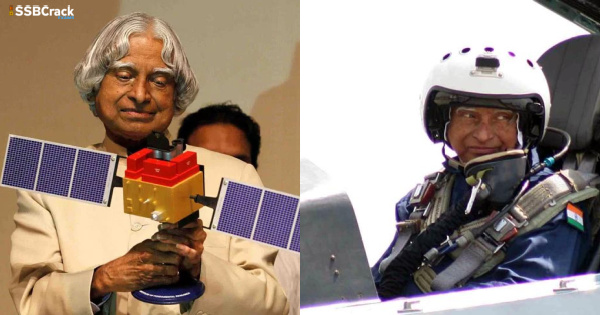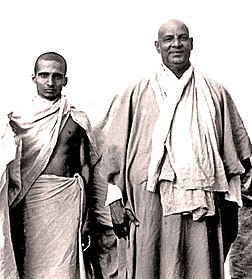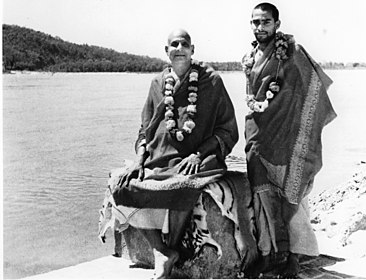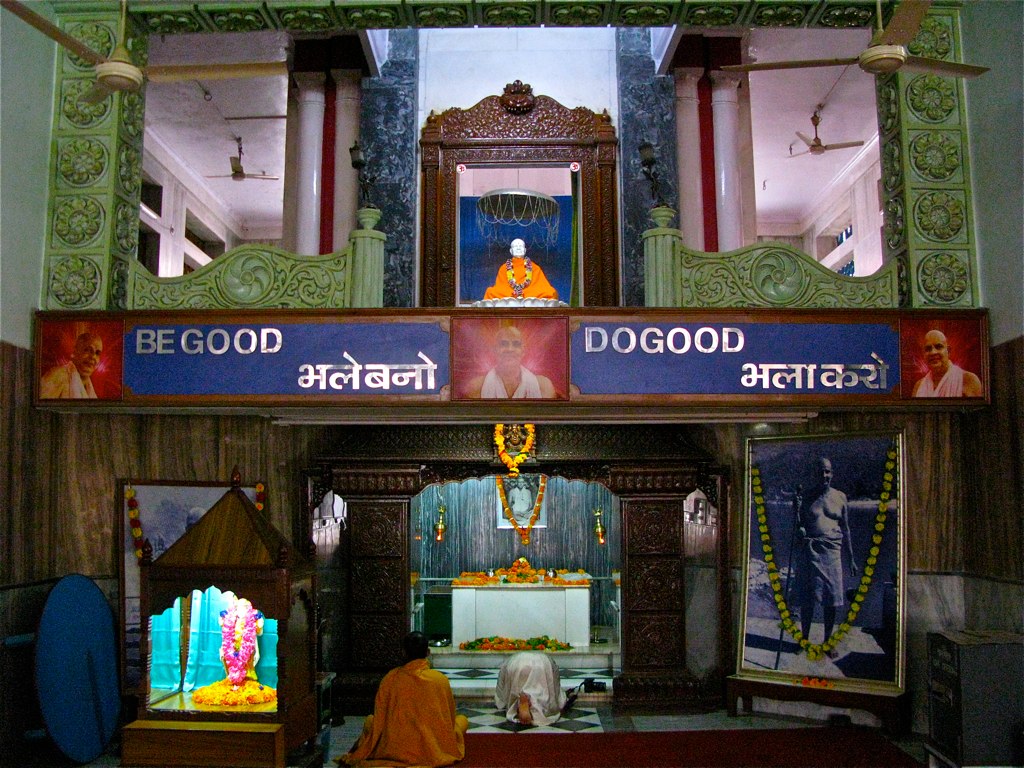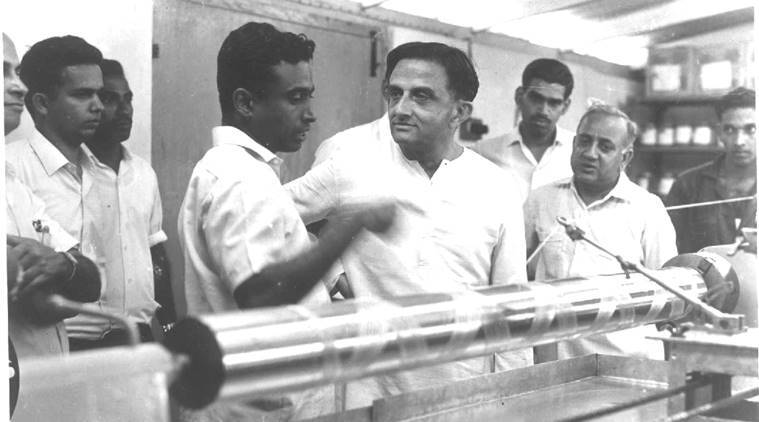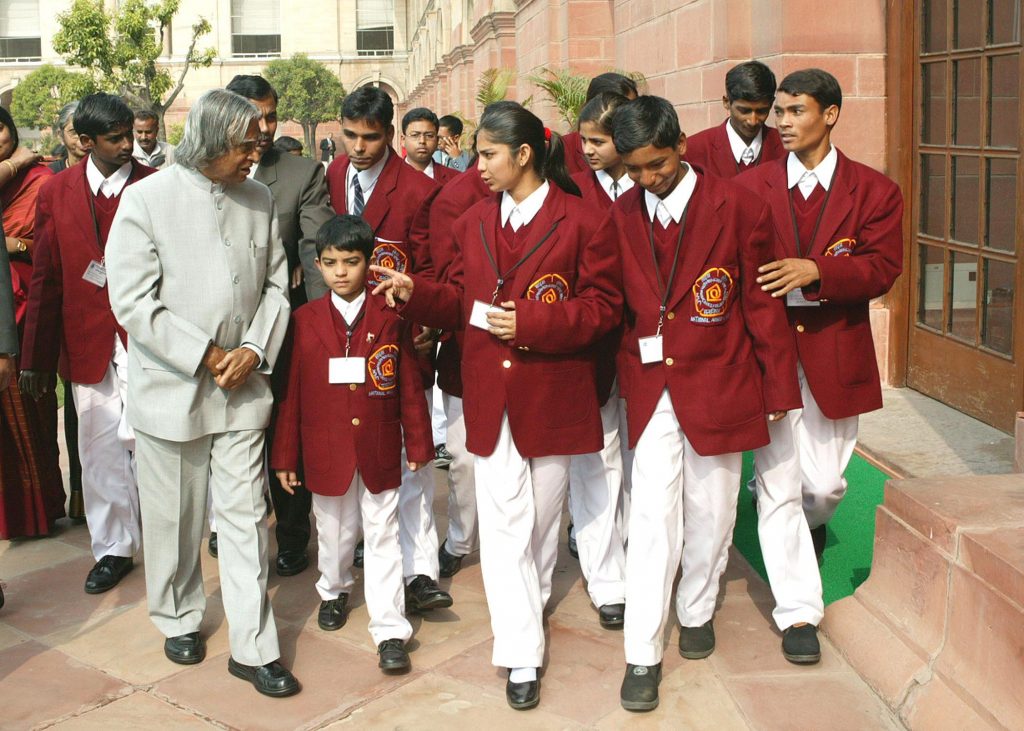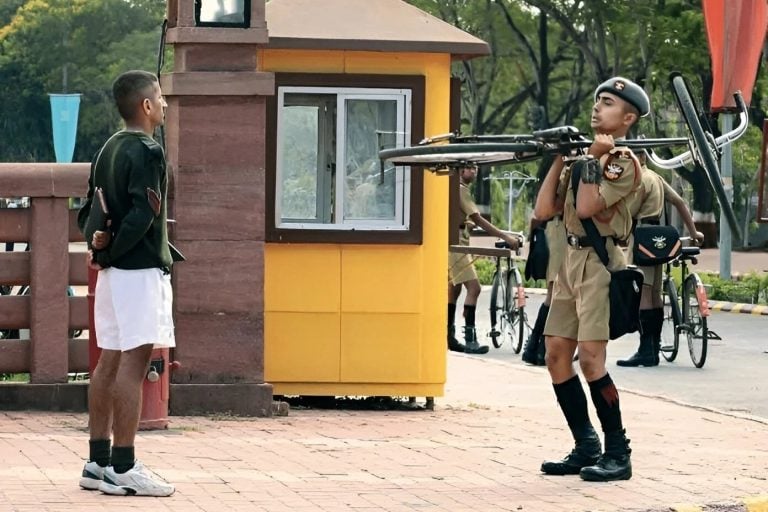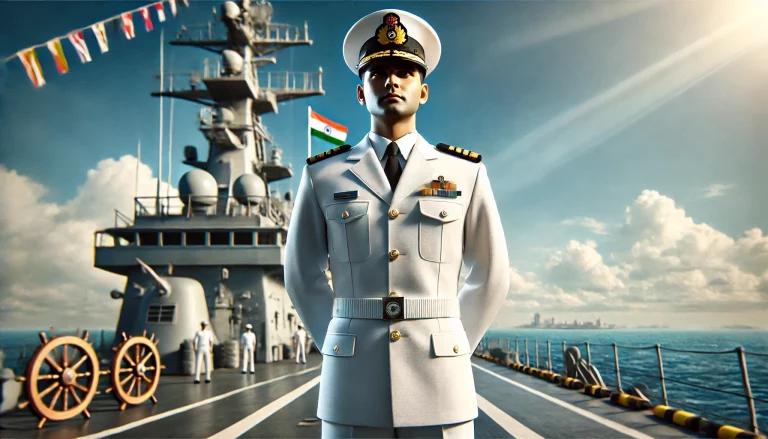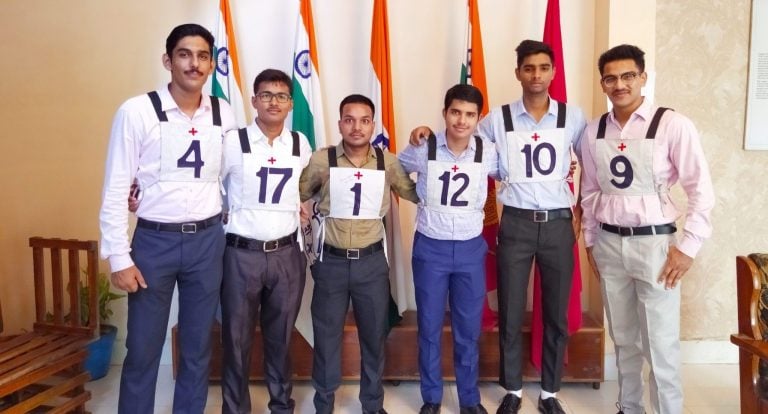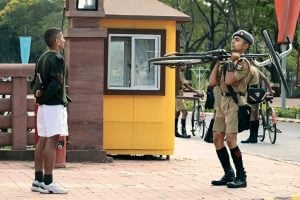All about the APJ Abdul Kalam experience with Swami Sivananda, which was referred to in his autobiography and book Wings Of Fire “I narrated the incident which took place way back in 1957. I was ranked ninth in the Air force Selection results. But only eight candidates were commissioned. I knew that the days ahead would be difficult. I left Deharadun and reached Rishikesh on my way to Delhi. I took bath in the holy river Ganga and walked to Sivananda Ashram, which is situated a little away up the hill. I met Swami Sivananda – a man who looked like Buddha. I was struck by his irresistible child-like smile and gracious manner.”
Before I could speak, he enquired about the source of my sorrow. I told him about my unsuccessful attempt to join the Air force and my long-cherished desire to fly. His smile washed away all my anxiety and he said, “Desire when it stems from the heart and spirit when it is pure and intense, possesses awesome electromagnetic energy. This energy is released into the ether each night, as the mind falls into the sleep state. Each morning it returns to the conscious state, reinforced with the cosmic currents. That which has been imaged, will surely and certainly be manifested.” You can rely young man, upon this ageless promise as surely as you can rely upon the eternally unbroken promise of sunrise. So, defeat the defeatist tendencies.” That was the unique interaction, I had with Swami Sivananda.
The Inspiring Story Of APJ Abdul Kalam As Young Indian Airforce Fighter Pilot Aspirant And The Man He Would Often Call The ‘Guru of my life’ Swami Sivananda:
A little up the hill from Rishikesh, sadhus at the Sivananda ashram will tell you a story about APJ Abdul Kalam that not many have heard.
After Kalam failed the interview for Air Force pilot in Dehradun — he was 9th and the eight others before him got selected — in sheer despondence he took a bus to Rishikesh and headed to the banks of the Ganga. That would go on to be one of the most defining moments of Kalam’s life. In his words, he “stood at the edge of a cliff with a lake below”. This was 1957 and his childhood dream of flying a fighter plane had been shattered.
Then, as he brooded over what direction his life would take, Kalam met the man he would often call the ‘Guru of my life’.
2nd Image: Swami Sivananda and Swami Vishnudevananda along the Ganges, circa 1950
Swami Sivananda walked towards the man who would go on to be one of India’s most popular presidents and questioned him about the source of his sorrow. Later, Kalam was read lines from Gita’s eleventh chapter. Following this, Sivananda gave Kalam the mantra of his life — ‘Defeat the defeatist tendency’.
Describing the incident, Kalam wrote in his book, “When the student is ready, the teacher will appear — How true! Here was the teacher to show the way to a student who had nearly gone astray!”
Sivananda told Kalam: “Accept your destiny and go ahead with your life. You are not destined to become an Air Force pilot. What you are destined to become is not revealed now but it is predetermined. Forget this failure, as it was essential to lead you to your destined path. Search, instead, for the true purpose of your existence. Become one with yourself, my son! Surrender yourself to the wish of God.”
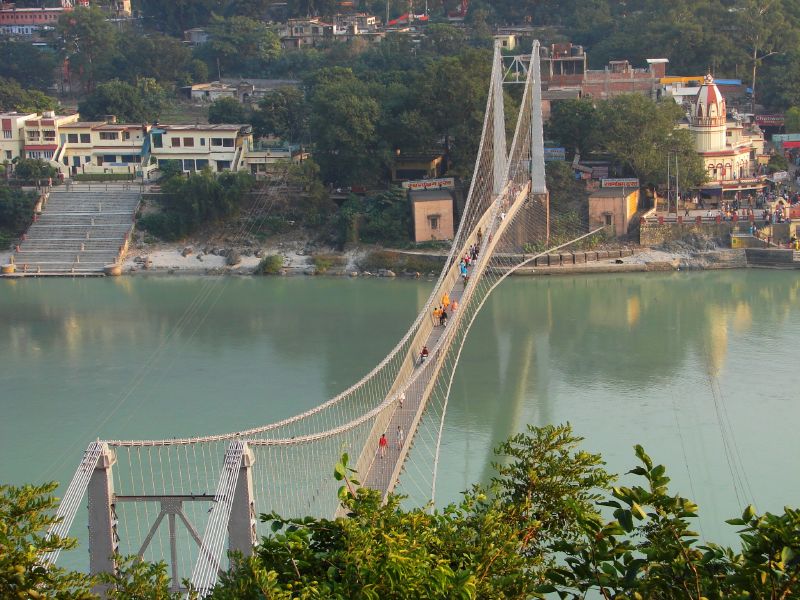
During a lesson on how birds fly in 1941, Kalam had decided to pursue aeronautical science. Later, he completed his degree in aeronautical engineering from Madras Institute of Technology (MIT) and joined Hindustan Aeronautics Limited (HAL) in Bengaluru as a trainee.
The former president writes in his book ‘Wings of Fire’ that he got two interview calls at this time: one from the directorate of technical development and production (DTD & P-Air) of the Ministry of Defence in Delhi and the other from Air Force recruitment authorities in Dehradun. He decided to appear in both. The first one in Delhi went well, following which he proceeded to Dehradun.
“I was excited but nervous, determined but anxious, confident but tense. I could finish ninth in the batch of 25 examined to select eight officers for commissioning in the Air Force. I was deeply disappointed. It took me some time to comprehend that the opportunity to join the Air Force had just slipped through my fingers. I dragged myself out of the selection board and stood at the edge of a cliff. There was a lake far below. I knew that the days ahead would be difficult. There were questions to be answered and a plan of action to be prepared. I trekked down to Rishikesh,” Kalam writes in his autobiography.
When news agency TOI spoke with the general secretary of the Sivananda ashram, Swami Padamanabhanandaji, he said, “I have read about the episode where Kalam drew inspiration to forge ahead in life after meeting Swami Sivananda. Kalam was a wonderful human being who did not just excel in the scientific field but also valued spiritual pursuits. All his life, he lived the message of Swami Sivananda, which was, ‘Be good, do good, serve, love, meditate and realize’. I had the opportunity to meet him once.”
After Kalam returned to Delhi following his meeting with the guru, he was handed over an appointment letter and he joined DTD&P-Air as a senior scientific assistant in 1958.
“If this was to be my destiny, I thought, let it be so. Finally, I was filled with mental peace. No more did I feel any bitterness or resentment at my failure to enter the Air Force,” he wrote. Thus began the journey of the Missile man.
Later he served as the 11th president of India from 2002 to 2007. He spent the next four decades as a scientist and science administrator, mainly at the Defence Research and Development Organisation (DRDO) and Indian Space Research Organisation (ISRO), and was intimately involved in India’s civilian space program and military missile development efforts. He thus came to be known as the Missile Man of India for his work on the development of ballistic missile and launch vehicle technology. He also played a pivotal organisational, technical, and political role in India’s Pokhran-II nuclear tests in 1998, the first since the original nuclear test by India in 1974.
Widely referred to as the “People’s President”, he returned to his civilian life of education, writing and public service after a single term. He was a recipient of several prestigious awards, including the Bharat Ratna, India’s highest civilian honour.
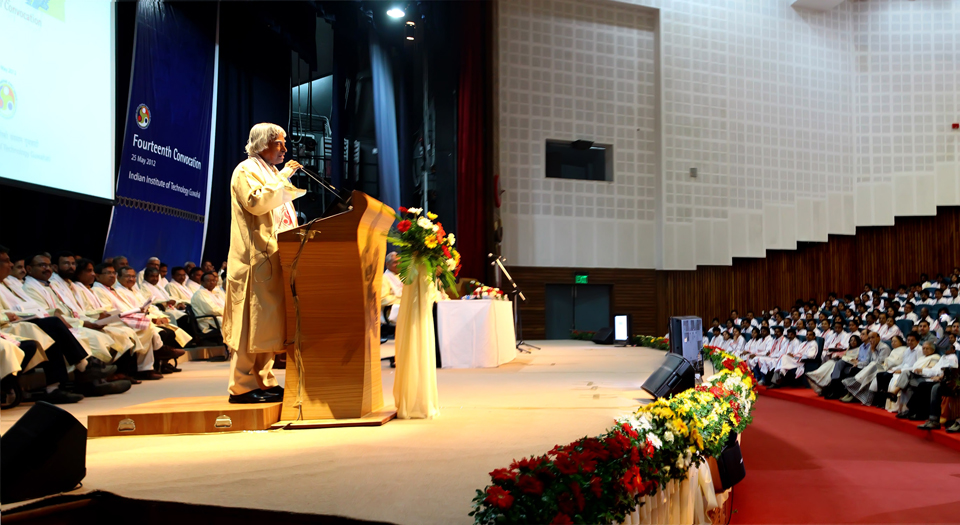
Though he was a scientist who made our country proud with his missile defence programme, his favourite job was ‘teaching’. And he always wanted the world to remember him for that and coincidently he died doing what he loved the most. On July 27, 2015, while delivering a lecture at the IIM Shillong, Kalam fell down suffering a stroke, and passed away.
He was the epitome of intellect, wisdom & simplicity. Fondly called as people’s President & the Missile Man of India, his ideas continue to be an inspiration for all.
You can prepare for defence entrance exams such as NDA, AFCAT, INET, and CDS by taking Written Online courses as they will not only give you access to full-length quality lectures but will also provide the facility to take standardized mock tests for better study and strategic growth in the exam. You can take multiple quizzes after each lesson to ensure the full understanding of the subject along with creating your customized lesson plans. You can check out the course content along with other important specifics at SSBCrackExams.
Also Read:
- Top 10 Inspirational Quotes By The Missile Man Of India: APJ Abdul Kalam
- 40 Interesting Facts About Dr. APJ Abdul Kalam The ‘Missile Man Of India’
- 10 Lessons Every Aspirant Should Learn From Life Of APJ Abdul Kalam
Source: Content of this story has been sourced from the then website of Dr. APJ Abdul Kalam during his tenureship as the President of India and TOI news agency.
